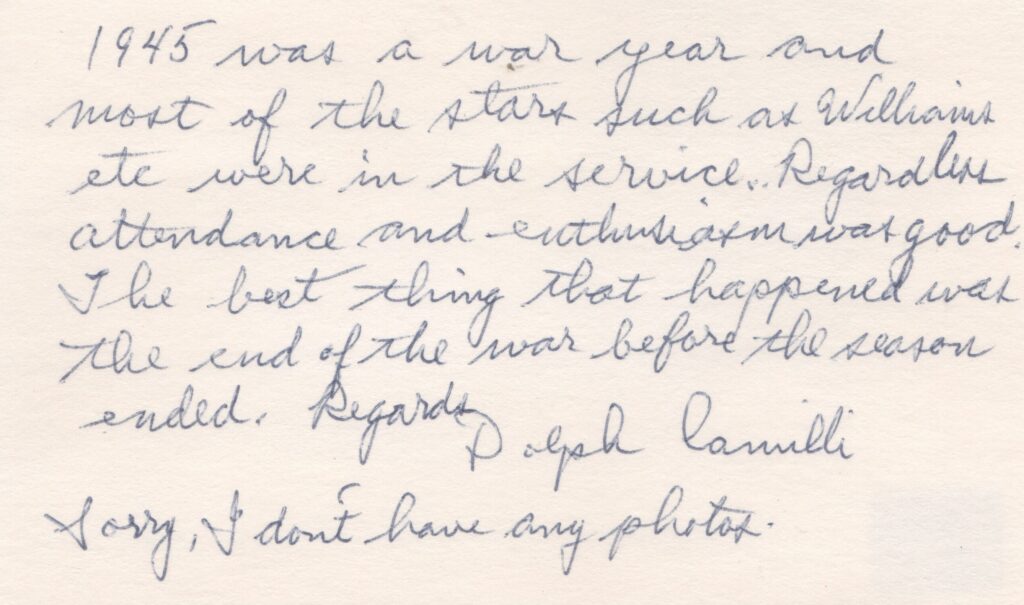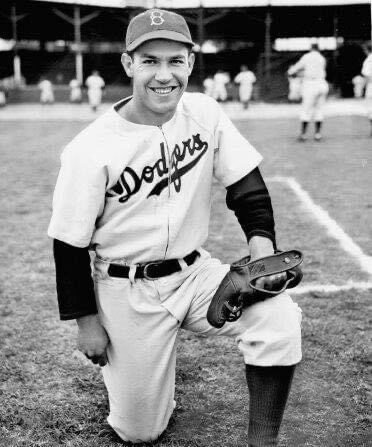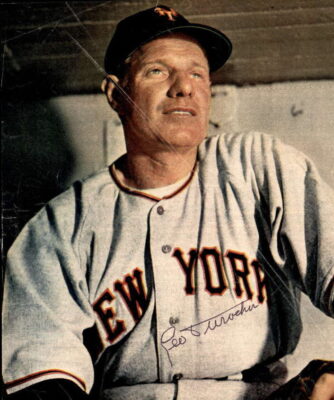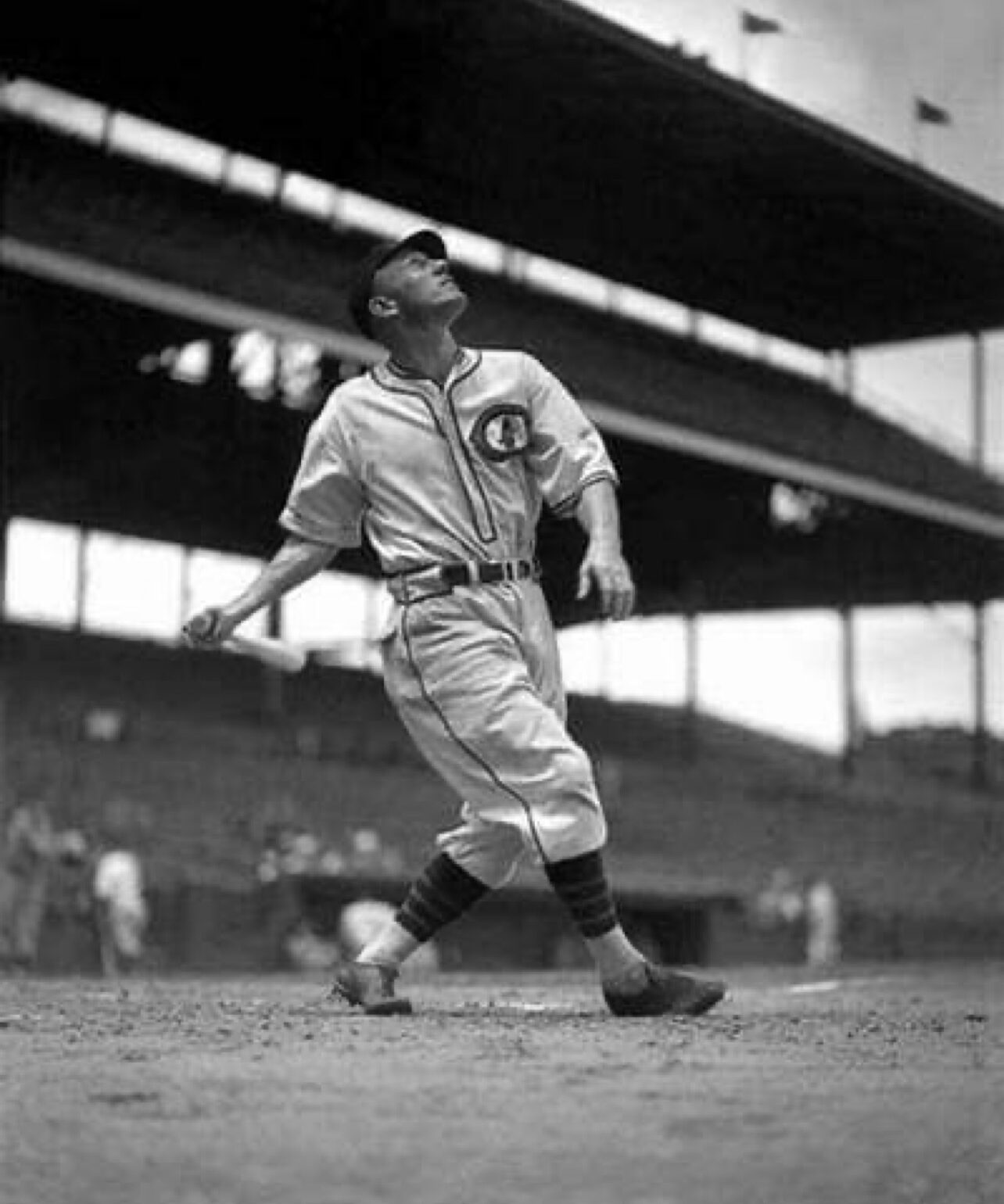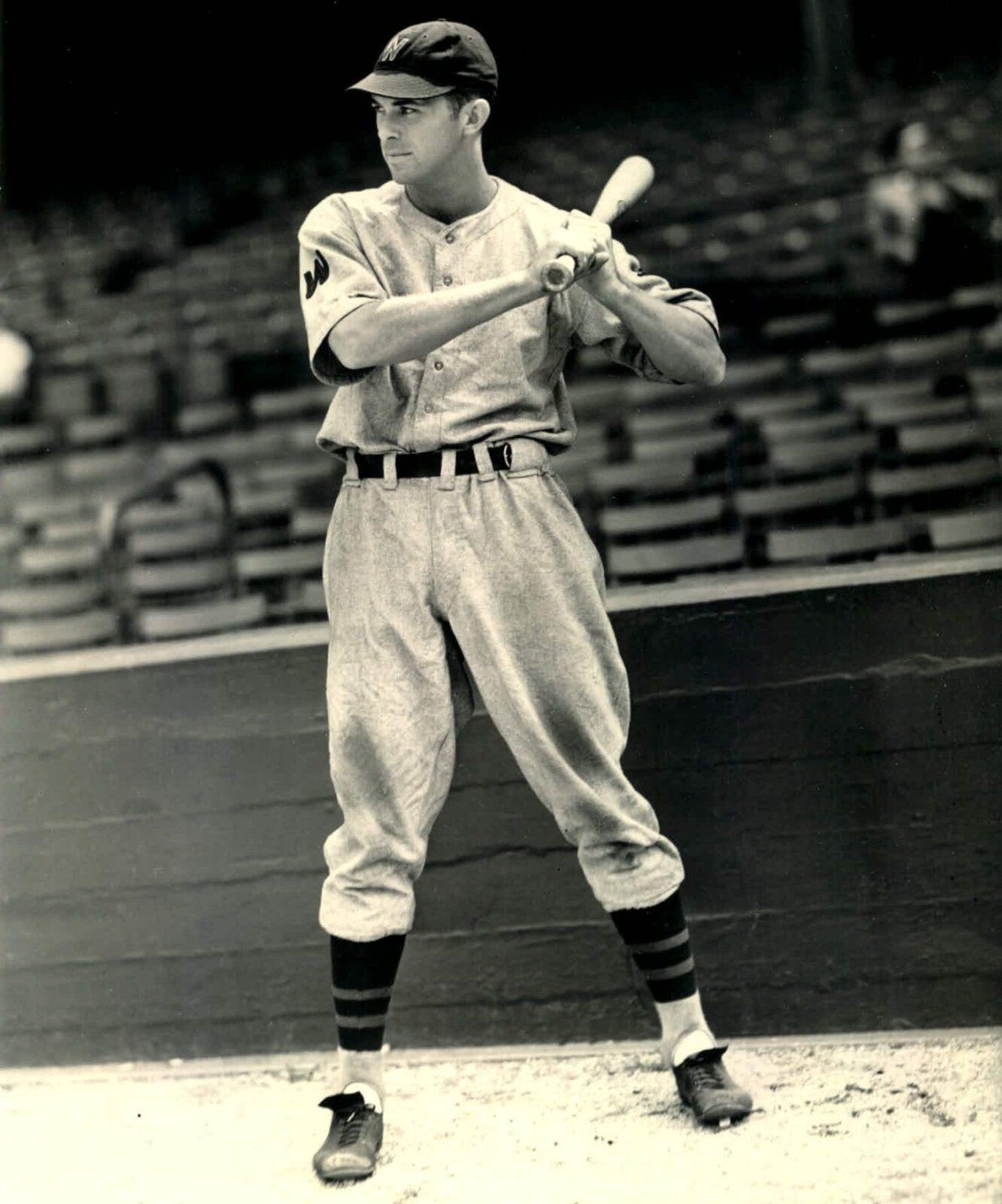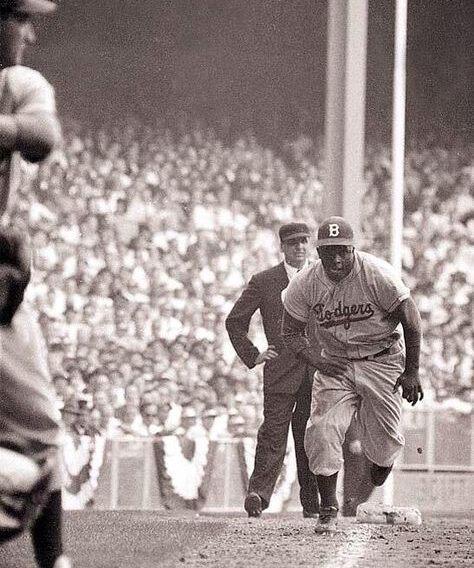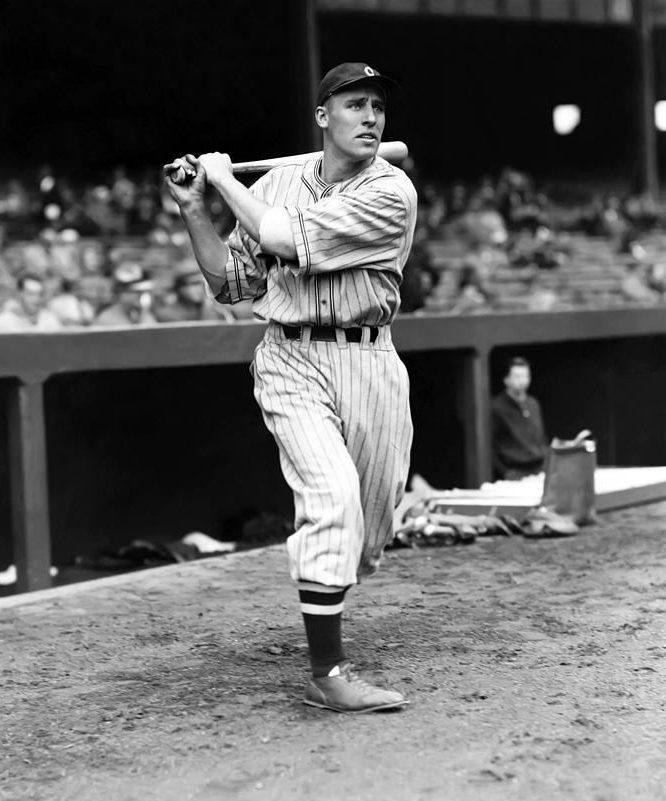Dolph Camilli
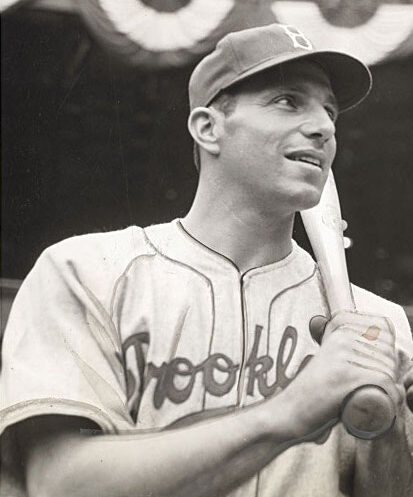
| Birthdate | 4/23/1907 |
| Death Date | 10/21/1997 |
| Debut Year | 1933 |
| Year of Induction | |
| Teams | Cubs, Dodgers, Phillies, Red Sox |
| Position | First Base |
From 1936-1942 Dolph Camilli posted a .941 OPS and 152 OPS+; he received MVP votes in 7 seasons and earned the award in 1941.
Leave a commentIn the collection:
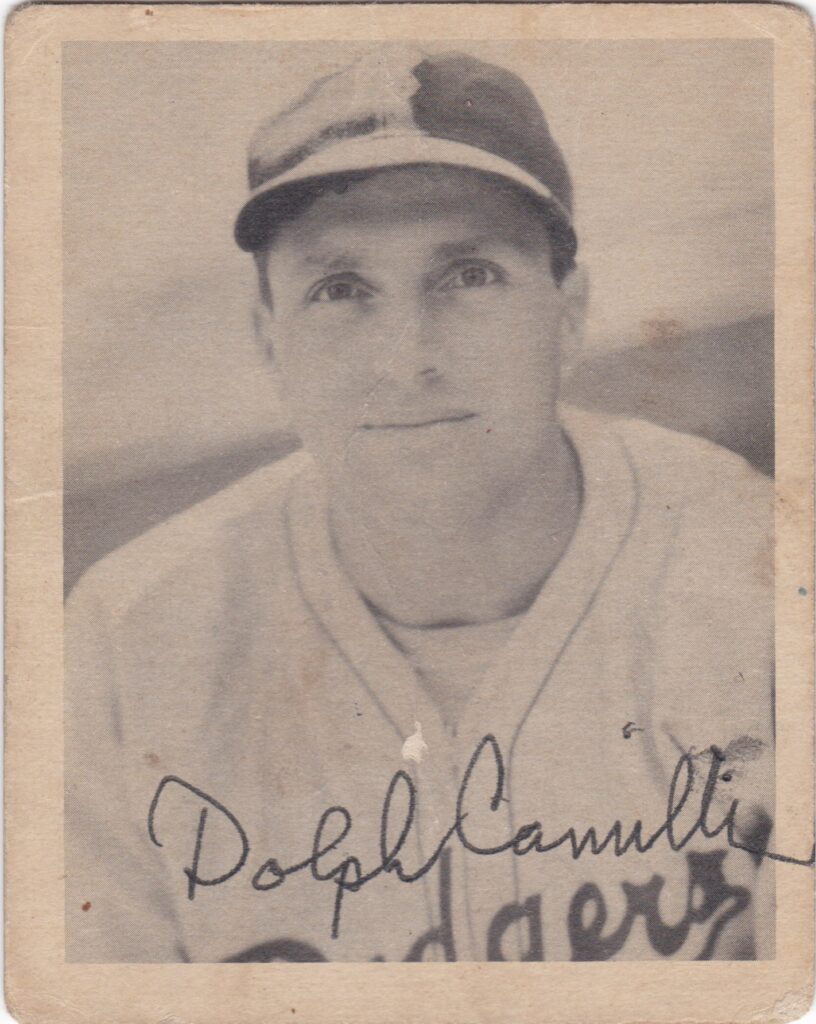
In 1941 Dolph Camilli led the Dodgers to their first pennant in more than two decades
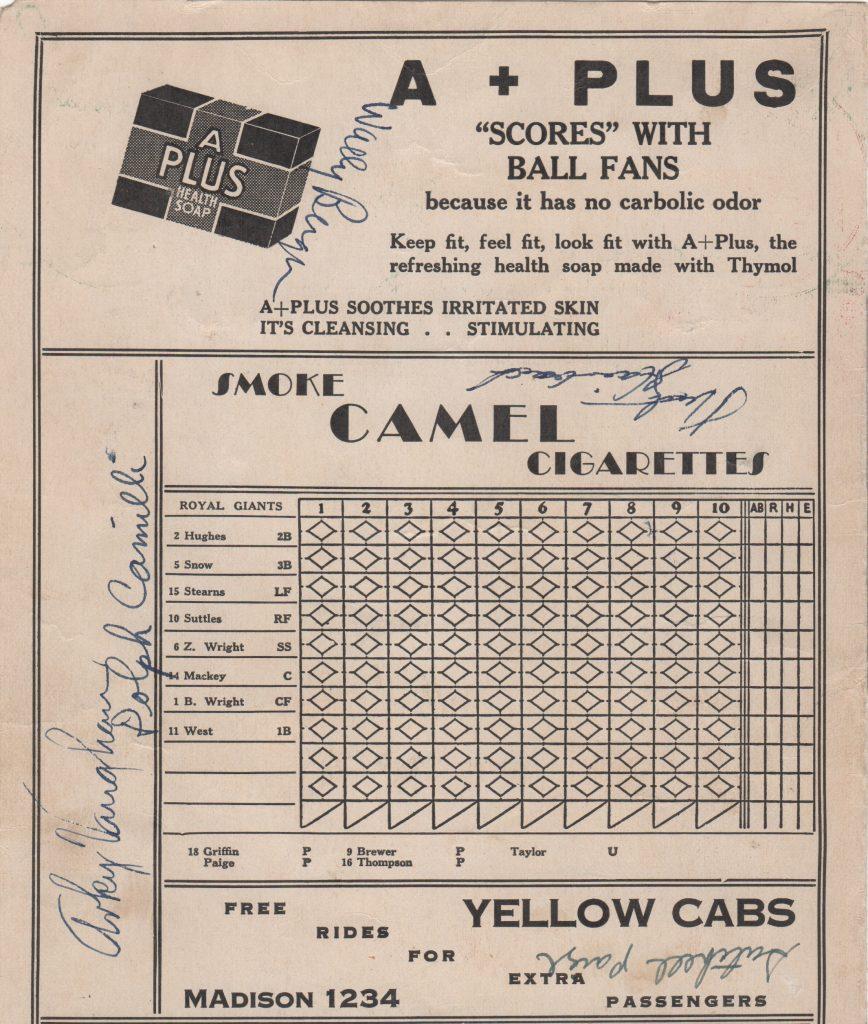
In the offseason Camilli played against barnstorming Negro Leaguers

Dolph Camilli was one of the NL's most dangerous hitters of the mid-'30s through the early-'40s
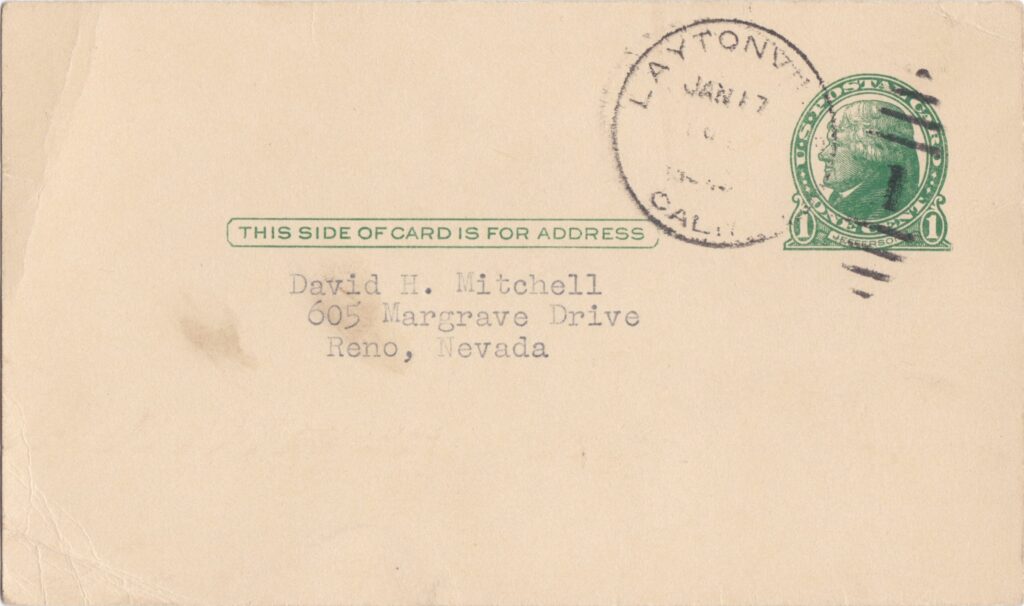
Government postcards are a favorite medium of autograph collectors
